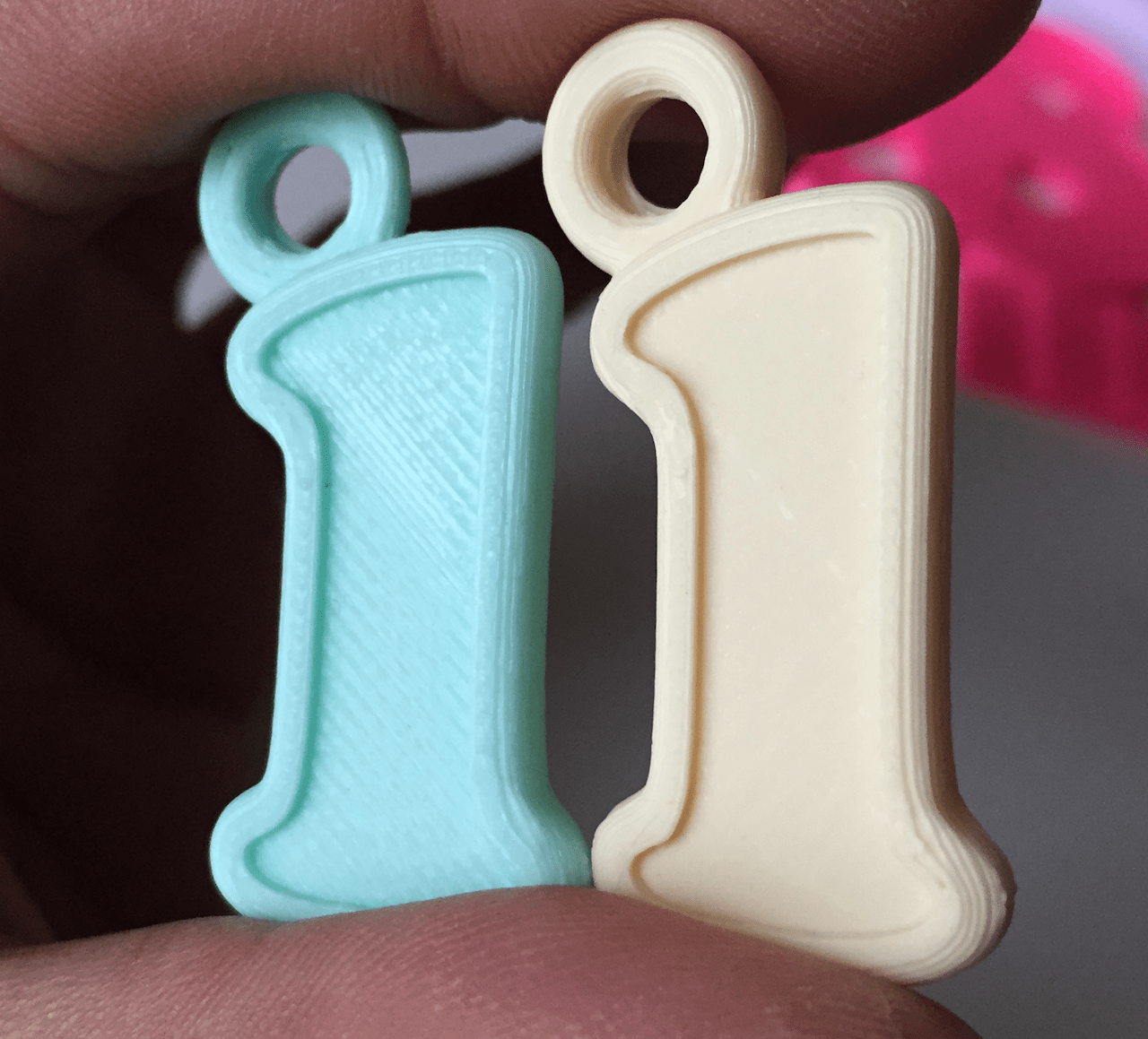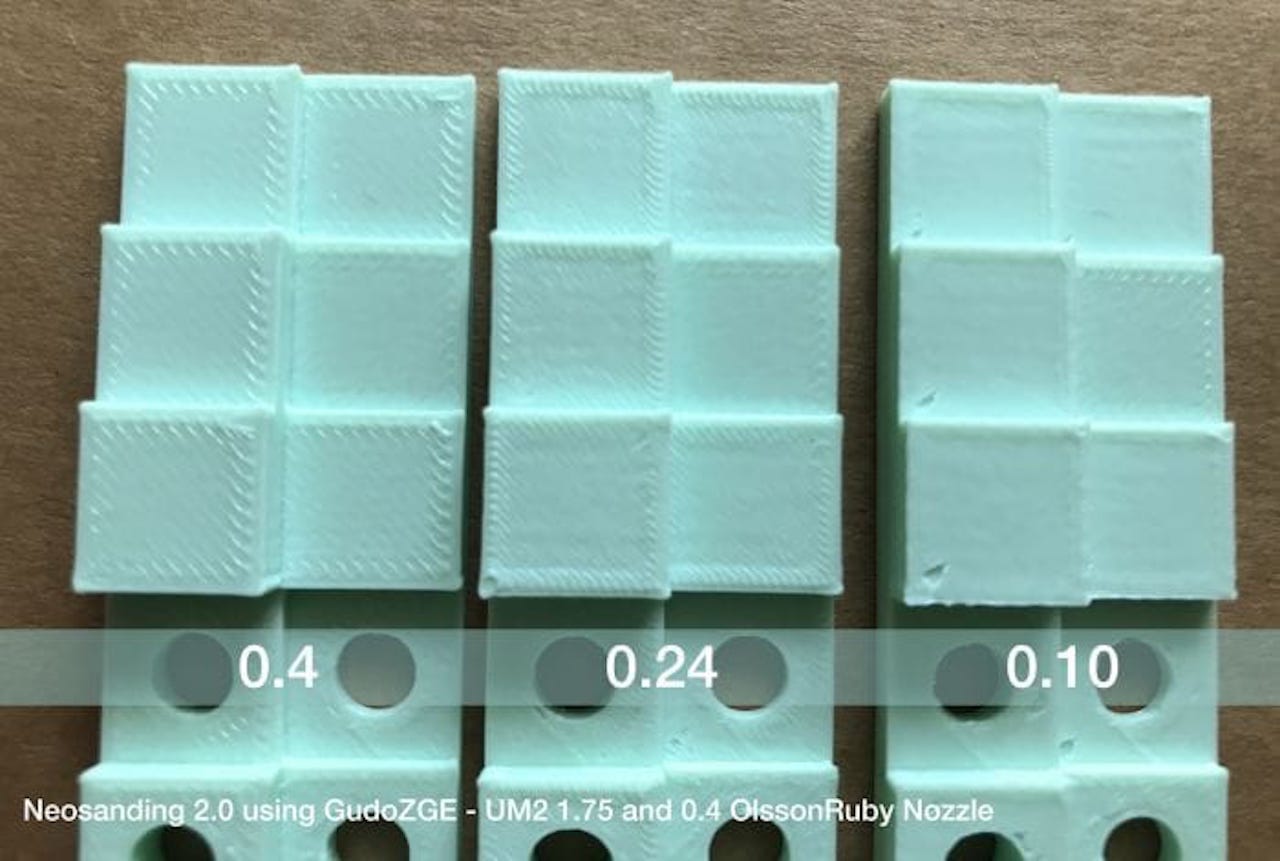
An interesting technique used by some Ultimaker users could put a better finish on your 3D printed parts.
It’s called “Neosanding” and is a way for flat surface layers to be “polished”, so to speak.
The technique has been developed by Ultimaker forum moderator Neotko from Spain, who has recently posted a version 2 method to complement the version 1 method of 2016.
Neosanding seems to be the process of reprinting the final top layer at a layer increment of something less than the previous extrusion width, without actually extruding. In this way the nozzle rubs against the previous extrusion and through some passes will actually smooth it out.
This is not an easy process by any means and likely requires some skill and experience running 3D printers before you should attempt it. Neotko explains some of the challenges in setting this up:
Create a process that REprints only at the height of the last toplayer
Adjust the settings so it doesn’t extrude, and it things that his nozzle it’s 0.25 size (play with this from 0.25 to 0.35). This trick will make that the nozzle (0.4 for this example) will do MORE passes on the same places, making it a better and smoother sanding.
Adjust the speed of this new process so it’s done really fast. Best results so far where at 100mm/s, I had some weird events at 150mm/s and at 70mm/s the speed it’s too low and might affect the finish.
You must remove top/bottom layers, set the process to 100% infill and play with the infill angle.
Infill angle of the process MUST occur on the oposite angle of the real print top layer angle.
Extrusion rate of the sanding process must be 0 or 0.02 (it’s the less amount s3d allows)
Yes, this is clearly tricky and likely will require a number of attempts before you get it right.

Nevertheless, the results, as you can see at top, are impressive. I suspect this process works only on truly flat top surfaces, leaving out the possibility of smoothing those awful layered curves and tilted surfaces so often seen.
Will you give this a try?

